Growing Beets at Home can seem intimidating, but trust me, with a few simple tricks, you’ll be harvesting vibrant, earthy beets from your own backyard in no time! Imagine pulling those gorgeous, deep-red roots from the soil, knowing you nurtured them from tiny seeds. Forget those bland, store-bought beets – we’re talking about flavor explosions here!
Beets have a rich history, dating back to ancient times. The Romans were known to cultivate them, primarily for their leaves, and it wasn’t until later that the root became a culinary star. In some cultures, beets even symbolize love and beauty! But beyond their historical significance, the real magic lies in their versatility and nutritional power.
Let’s face it, in today’s world, we’re all looking for ways to eat healthier and connect with our food. Growing beets at home allows you to do just that! You control the growing process, ensuring your beets are free from harmful pesticides and packed with flavor. Plus, there’s nothing quite like the satisfaction of harvesting your own food. This DIY guide will provide you with easy-to-follow steps and clever hacks to make growing beets a breeze, even if you’re a complete beginner. So, grab your gardening gloves, and let’s get started!
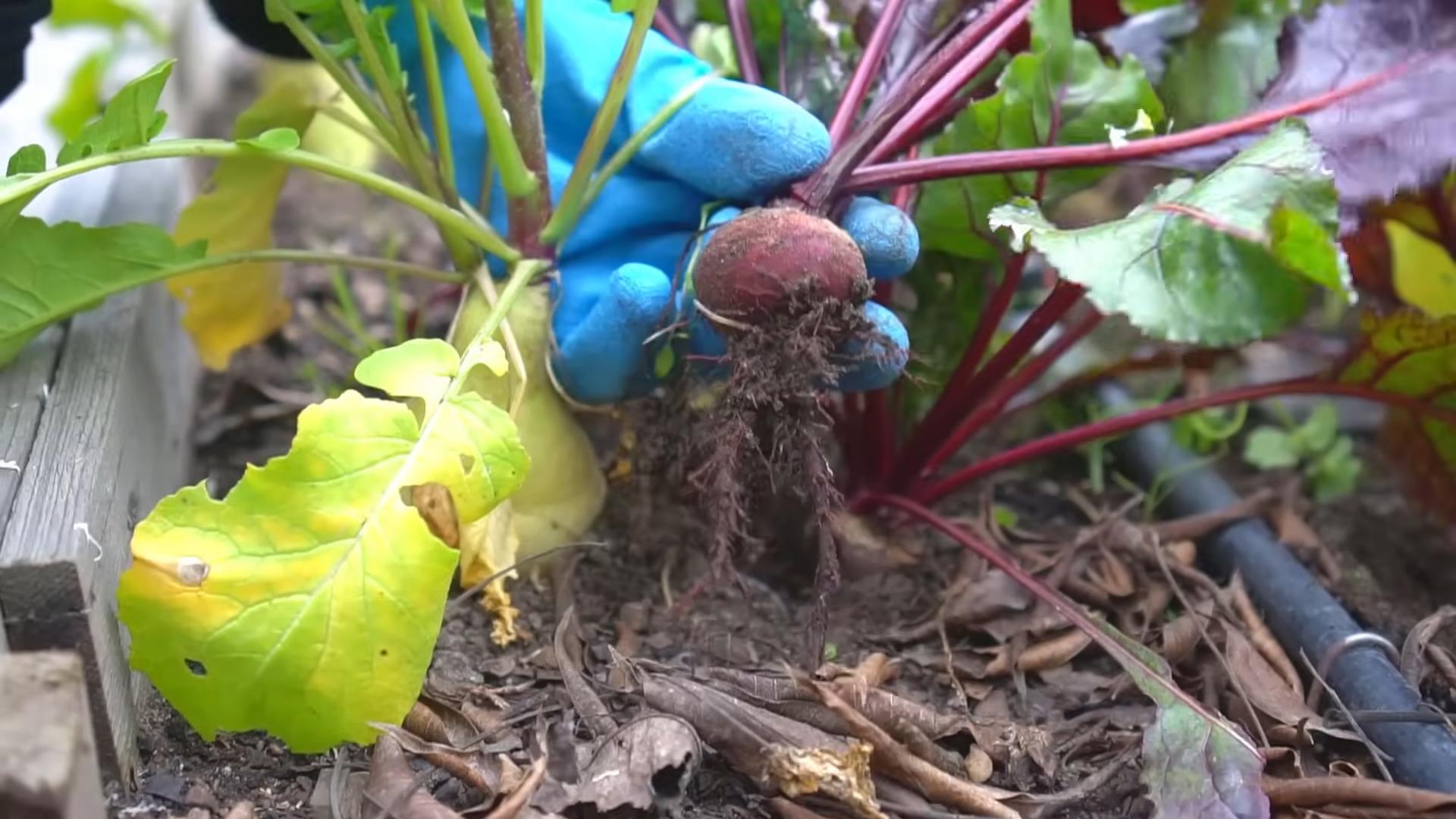
Growing Beets: From Seed to Table, My Easy Guide
Hey there, fellow gardening enthusiasts! I’m so excited to share my tried-and-true method for growing beets at home. Beets are fantastic – they’re packed with nutrients, incredibly versatile in the kitchen, and surprisingly easy to cultivate, even if you’re a beginner. I’ve had great success with this method, and I’m confident you will too. Let’s get our hands dirty!
Choosing Your Beet Variety
Before we even think about planting, let’s talk about beet varieties. There are so many to choose from, each with its own unique characteristics. Here are a few of my favorites:
* Detroit Dark Red: This is a classic for a reason! It’s reliable, produces round, deep red roots, and has a sweet, earthy flavor. It’s a great all-around beet.
* Chioggia: If you’re looking for something visually stunning, Chioggia is your beet. It has beautiful red and white concentric rings inside. The flavor is mild and sweet.
* Golden Beet: For those who prefer a milder flavor, golden beets are an excellent choice. They’re less earthy than red beets and have a lovely golden color.
* Cylindra: This variety produces long, cylindrical roots, making them perfect for slicing and canning. They’re also great for roasting.
Consider what you plan to do with your beets when choosing a variety. Do you want to roast them, pickle them, or add them to salads? This will help you narrow down your options.
Preparing Your Beet Bed
Beets thrive in well-drained, loose soil that’s rich in organic matter. Here’s how I prepare my beet bed:
* Timing is Key: Beets are a cool-season crop, so I usually plant them in early spring or late summer for a fall harvest. Check your local frost dates to determine the best time to plant in your area. I usually aim for 2-4 weeks before the last expected frost in spring. For a fall harvest, I plant about 6-8 weeks before the first expected frost.
* Sunlight: Beets need at least 6 hours of sunlight per day. Choose a location in your garden that gets plenty of sun.
* Soil Preparation: This is crucial! Beets need loose soil to develop properly. I start by removing any rocks, weeds, and debris from the area. Then, I amend the soil with plenty of compost or well-rotted manure. This will improve drainage, add nutrients, and create a loose, friable soil structure. I usually work the compost in to a depth of about 12 inches.
* Soil pH: Beets prefer a soil pH between 6.0 and 7.0. You can test your soil pH with a soil testing kit. If your soil is too acidic, you can add lime to raise the pH. If it’s too alkaline, you can add sulfur to lower the pH.
* Creating Rows: I create rows that are about 12-18 inches apart. This gives the beets enough space to grow without being overcrowded.
Planting Your Beet Seeds
Now for the fun part – planting! Beet seeds are actually clusters of seeds, so you’ll often get multiple seedlings from each seed cluster. Don’t worry, we’ll thin them out later.
1. Soaking the Seeds: I like to soak my beet seeds in water for about 12-24 hours before planting. This helps to soften the seed coat and improve germination rates.
2. Sowing the Seeds: I sow the seeds about ½ inch deep and 1-2 inches apart in the rows.
3. Covering the Seeds: Gently cover the seeds with soil and pat it down lightly.
4. Watering: Water the soil thoroughly after planting. Keep the soil consistently moist until the seeds germinate.
5. Marking the Rows: I always mark my rows with labels so I know what I’ve planted.
Thinning Your Beet Seedlings
As I mentioned earlier, beet seeds often produce multiple seedlings. Thinning is essential to give the remaining seedlings enough space to grow.
1. When to Thin: I usually thin my beet seedlings when they are about 2-3 inches tall and have a few sets of true leaves.
2. How to Thin: Gently pull out the weaker seedlings, leaving the strongest seedlings about 3-4 inches apart. You can use small scissors to snip the seedlings at the soil line if you prefer.
3. Don’t Waste the Thinnings!: The thinned seedlings are perfectly edible! You can add them to salads or sauté them with other greens.
Caring for Your Beets
Beets are relatively low-maintenance, but there are a few things you can do to ensure a successful harvest.
* Watering: Beets need consistent moisture, especially during hot, dry weather. Water deeply and regularly, aiming for about 1 inch of water per week.
* Weeding: Keep the area around your beets free of weeds. Weeds compete with beets for nutrients and water. I like to hand-weed regularly to prevent weeds from getting out of control.
* Fertilizing: Beets are heavy feeders, so they benefit from regular fertilization. I like to use a balanced organic fertilizer, such as a 5-10-10, about every 4-6 weeks. You can also side-dress your beets with compost or well-rotted manure.
* Mulching: Mulching helps to retain moisture, suppress weeds, and regulate soil temperature. I like to use straw or wood chips as mulch.
Dealing with Pests and Diseases
Beets are generally resistant to pests and diseases, but there are a few things to watch out for.
* Leaf Miners: Leaf miners are small larvae that tunnel through beet leaves, leaving unsightly trails. You can control leaf miners by covering your beets with row covers or by spraying them with neem oil.
* Flea Beetles: Flea beetles are small, jumping beetles that can damage beet leaves. You can control flea beetles by covering your beets with row covers or by spraying them with insecticidal soap.
* Cercospora Leaf Spot: Cercospora leaf spot is a fungal disease that causes small, circular spots on beet leaves. You can prevent Cercospora leaf spot by providing good air circulation and avoiding overhead watering. If you see signs of Cercospora leaf spot, remove the affected leaves and spray your beets with a fungicide.
Harvesting Your Beets
The moment we’ve all been waiting for! Knowing when to harvest your beets is key to getting the best flavor and texture.
1. When to Harvest: Beets are typically ready to harvest about 50-70 days after planting, depending on the variety. You can harvest them when the roots are about 2-3 inches in diameter. I usually check the size of the roots by gently brushing away the soil around the top of the beet.
2. How to Harvest: Gently loosen the soil around the beets with a garden fork or trowel. Then, grasp the beet greens near the base and pull the beet out of the ground.
3. Preparing for Storage: After harvesting, remove the beet greens, leaving about 1-2 inches of stem attached. This will help to prevent the beets from drying out. Gently brush off any excess soil.
4. Storing Your Beets: Store your beets in a cool, dark, and humid place, such as a refrigerator or root cellar. They can last for several months if stored properly. I usually store mine in a plastic bag in the refrigerator.
Using Your Beet Greens
Don’t throw away those beet greens! They’re just as nutritious and delicious as the roots.
* Washing: Wash the beet greens thoroughly to remove any dirt or debris.
* Cooking: You can cook beet greens in a variety of ways. They can be sautéed, steamed, boiled, or added to soups and stews.
* Recipes: I love to sauté beet greens with garlic and olive oil. They’re also great in salads or as a side dish.
My Favorite Beet Recipes
Now that you’ve grown your own beets, it’s time to enjoy them! Here are a few of my favorite beet recipes:
* Roasted Beets: Roasting beets brings out their natural sweetness. Simply toss them with olive oil, salt, and pepper, and roast them in a 400°F oven for about 45 minutes, or until they are tender.
* Beet Salad: Beet salad is a classic dish that’s both healthy and delicious. Combine roasted beets with goat cheese, walnuts, and a balsamic vinaigrette.
* Beet Soup (Borscht): Borscht is a traditional Eastern European soup made with beets, cabbage, and other vegetables. It’s a hearty and flavorful soup that’s perfect for a cold winter day.
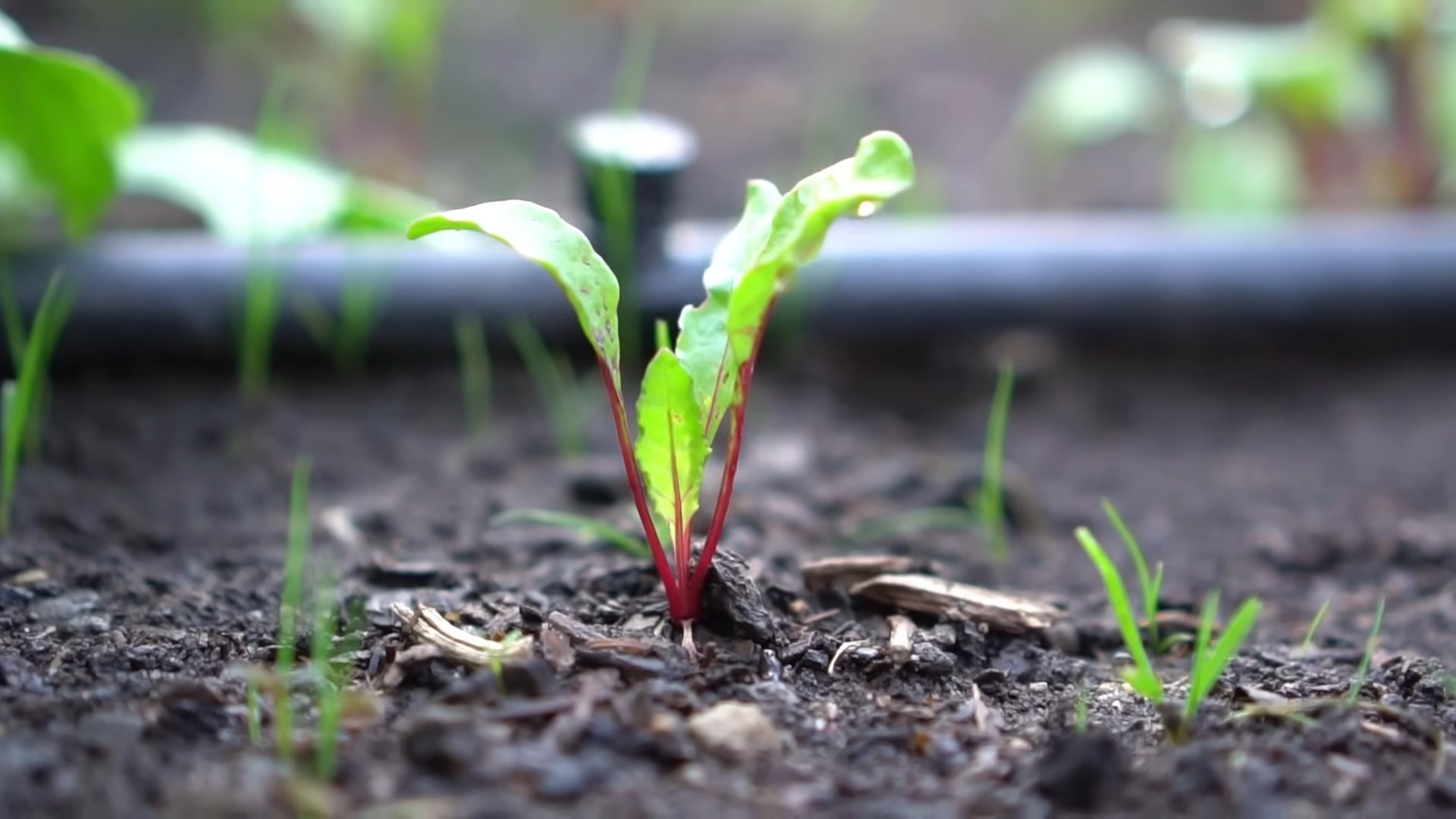
Conclusion
So, there you have it! Growing beets at home is not only achievable, but it’s a deeply rewarding experience that brings the vibrant flavors and nutritional power of this root vegetable directly to your table. Forget those bland, pre-packaged beets from the grocery store. Imagine the satisfaction of harvesting your own ruby-red treasures, knowing exactly where they came from and how they were grown.
This DIY approach to growing beets offers a multitude of benefits. You’ll have access to fresher, more flavorful beets, bursting with natural sweetness and earthy undertones. You’ll also gain control over the growing process, ensuring that your beets are free from harmful pesticides and herbicides. Plus, let’s be honest, there’s something incredibly therapeutic about nurturing a plant from seed to harvest. It’s a connection to nature that can be both grounding and inspiring.
But the beauty of growing beets at home lies in its versatility. Don’t be afraid to experiment with different varieties! Golden beets offer a milder, sweeter flavor and a stunning visual contrast to the traditional red. Chioggia beets, with their beautiful candy-striped interiors, are a feast for the eyes as well as the palate. And don’t forget about the beet greens! These leafy tops are packed with vitamins and minerals and can be used in salads, stir-fries, or even as a substitute for spinach.
Consider companion planting to enhance your beet crop. Planting beets alongside onions or garlic can help deter pests, while chamomile can improve their flavor. You can also try succession planting, sowing new seeds every few weeks, to ensure a continuous harvest throughout the growing season. If space is limited, beets thrive in containers, making them a perfect option for balconies and patios. Just be sure to choose a container that’s at least 12 inches deep to accommodate the root growth.
Growing beets at home is a must-try for any gardener, regardless of experience level. It’s a simple, satisfying, and delicious way to connect with nature and enjoy the freshest possible produce. We encourage you to give it a try and discover the joy of harvesting your own homegrown beets.
And now, we want to hear from you! Have you tried growing beets at home before? What are your favorite varieties and growing tips? Share your experiences in the comments below. We’re eager to learn from your successes and help you troubleshoot any challenges you may encounter. Let’s build a community of beet-loving gardeners and share the bounty of our homegrown harvests! Don’t forget to tag us in your beet-growing photos on social media – we can’t wait to see your beautiful beets!
Frequently Asked Questions (FAQ)
What is the best time of year to plant beets?
The ideal time to plant beets depends on your climate. In general, beets are a cool-season crop, meaning they thrive in temperatures between 60°F and 70°F (15°C and 21°C). For spring planting, sow seeds 2-4 weeks before the last expected frost. For a fall harvest, plant seeds 6-8 weeks before the first expected frost. In warmer climates, you can often grow beets throughout the winter. Check your local frost dates to determine the best planting time for your region.
How much sunlight do beets need?
Beets need at least 6 hours of direct sunlight per day to thrive. While they can tolerate some partial shade, especially in hotter climates, insufficient sunlight can result in smaller roots and less vibrant foliage. Choose a planting location that receives ample sunlight throughout the day. If you’re growing beets in containers, make sure to position them in a sunny spot.
What kind of soil is best for growing beets?
Beets prefer well-drained, loose soil that is rich in organic matter. Heavy clay soil can hinder root development, resulting in misshapen or stunted beets. Amend heavy soil with compost, aged manure, or other organic materials to improve drainage and aeration. The ideal soil pH for beets is between 6.0 and 7.0. You can test your soil pH using a home testing kit or by sending a sample to your local agricultural extension office.
How often should I water my beets?
Beets need consistent moisture to thrive, especially during germination and early growth. Water deeply and regularly, aiming to keep the soil consistently moist but not waterlogged. Avoid letting the soil dry out completely, as this can stress the plants and affect root development. Mulching around the plants can help retain moisture and suppress weeds.
How do I know when my beets are ready to harvest?
Beets are typically ready to harvest 50-70 days after planting, depending on the variety. The size of the root is a good indicator of maturity. Most varieties are ready to harvest when the roots are 2-3 inches in diameter. You can also check the top of the root, which should be visible above the soil line. If the root is firm and well-formed, it’s likely ready to harvest. Don’t wait too long to harvest, as overly mature beets can become tough and woody.
What are some common pests and diseases that affect beets?
Beets are generally resistant to pests and diseases, but they can be susceptible to certain problems, including leaf miners, flea beetles, and fungal diseases. Leaf miners are small insects that tunnel through the leaves, creating unsightly trails. Flea beetles are tiny jumping insects that chew small holes in the foliage. Fungal diseases, such as Cercospora leaf spot, can cause brown spots on the leaves. To prevent pest and disease problems, practice good garden hygiene, such as removing weeds and debris, and avoid overwatering. You can also use organic pest control methods, such as insecticidal soap or neem oil, to control infestations.
Can I eat the beet greens?
Yes! Beet greens are highly nutritious and delicious. They can be eaten raw in salads or cooked like spinach. Harvest the outer leaves as needed, leaving the inner leaves to continue growing. Be sure to wash the greens thoroughly before eating.
How do I store harvested beets?
To store harvested beets, trim the greens, leaving about an inch of stem attached. Gently brush off any excess soil, but do not wash the beets. Store the beets in a cool, dark, and humid place, such as a refrigerator or root cellar. They can last for several weeks or even months when stored properly.
Can I grow beets in containers?
Yes, beets can be successfully grown in containers. Choose a container that is at least 12 inches deep and wide to accommodate the root growth. Use a well-draining potting mix and water regularly. Be sure to fertilize the plants regularly, as container-grown plants tend to deplete nutrients more quickly.
What are some good companion plants for beets?
Good companion plants for beets include onions, garlic, lettuce, cabbage, and chamomile. Onions and garlic can help deter pests, while lettuce and cabbage provide shade and help retain moisture. Chamomile is said to improve the flavor of beets. Avoid planting beets near pole beans or mustard, as these plants can inhibit their growth.

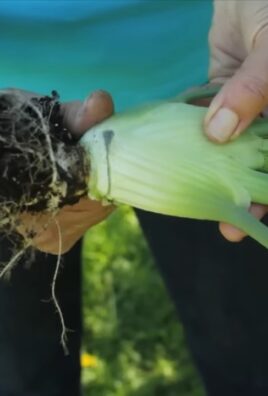
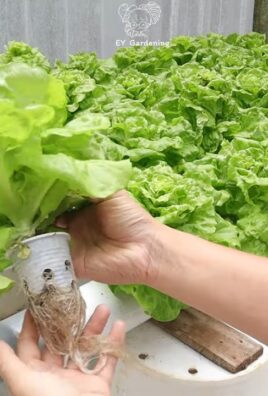
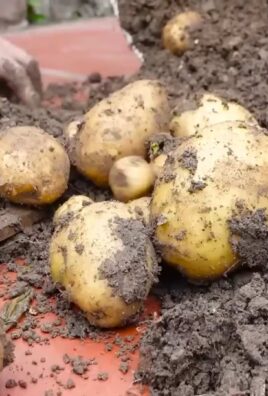
Leave a Comment